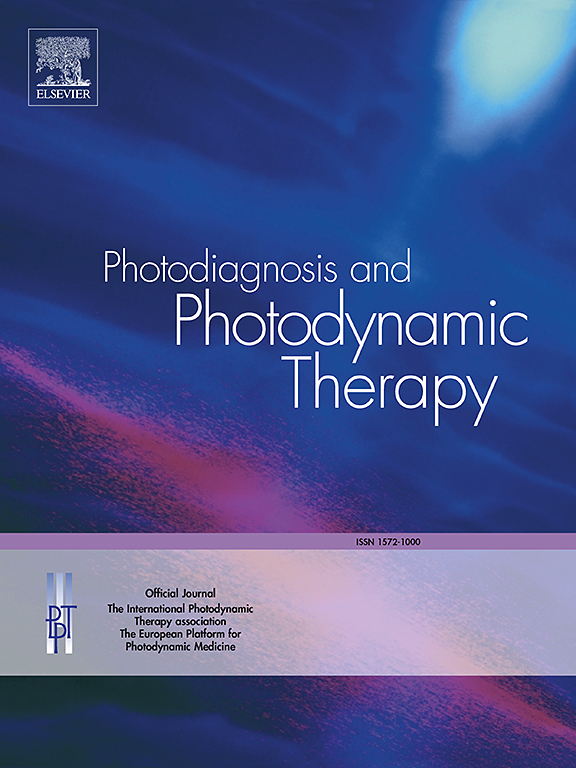利用生成对抗网络预测抗vegf治疗糖尿病黄斑水肿短期反应的OCT轮廓。
IF 3.1
3区 医学
Q2 ONCOLOGY
引用次数: 0
摘要
糖尿病性黄斑水肿(DME)是导致劳动年龄人群视力丧失的主要原因。抗血管内皮生长因子(VEGF)药物是目前公认的一线治疗方法。然而,很大一部分患者仍然对抗vegf不敏感,导致持续的视力损害。因此,预测预后和制定个性化的治疗方案势在必行。生成对抗网络(GANs)在预测疾病预后方面表现出色,但其性能仍然受到现实世界数据有限可用性和次优图像质量的限制,这随后影响了模型的输出。我们努力使用术前图像以及通过LabelMe和OpenCV注释和提取的术后OCT轮廓来训练模型生成关键OCT结构的术后轮廓,而不是之前的整个视网膜形态,大大减轻了输出阶段的难度,减少了所需的训练数据集数量。我们的研究表明,GAN可以作为眼科医生确定个体预后和筛选抗vegf治疗反应差的患者的辅助工具。本文章由计算机程序翻译,如有差异,请以英文原文为准。

Prediction of OCT contours of short-term response to anti-VEGF treatment for diabetic macular edema using generative adversarial networks
Diabetic macular edema (DME) stands as a leading cause for vision loss among the working-age population. Anti-vascular endothelial growth factor (VEGF) agents are currently recognized as the first-line treatment. However, a significant portion of patients remain insensitive to anti-VEGF, resulting in sustained visual impairment. Therefore, it's imperative to predict prognosis and formulate personalized therapeutic regimens. Generative adversarial networks (GANs) have demonstrated remarkably in forecasting prognosis of diseases, yet their performance is still constrained by the limited availability of real-world data and suboptimal image quality, which subsequently impacts the model's outputs. We endeavor to employ preoperative images along with postoperative OCT contours annotated and extracted via LabelMe and OpenCV to train the model in generating postoperative contours of critical OCT structures instead of previous whole retinal morphology, considerably alleviating the difficulty of output phase and diminishing the requisite quantity of training datasets. Our study reveals that the GAN could serve as an auxiliary instrument for ophthalmologists in determining the prognosis of individuals and screening patients with poor responses to anti-VEGF therapy.
求助全文
通过发布文献求助,成功后即可免费获取论文全文。
去求助
来源期刊

Photodiagnosis and Photodynamic Therapy
ONCOLOGY-
CiteScore
5.80
自引率
24.20%
发文量
509
审稿时长
50 days
期刊介绍:
Photodiagnosis and Photodynamic Therapy is an international journal for the dissemination of scientific knowledge and clinical developments of Photodiagnosis and Photodynamic Therapy in all medical specialties. The journal publishes original articles, review articles, case presentations, "how-to-do-it" articles, Letters to the Editor, short communications and relevant images with short descriptions. All submitted material is subject to a strict peer-review process.
 求助内容:
求助内容: 应助结果提醒方式:
应助结果提醒方式:


